
Roots
The whispers of history often carry profound echoes, especially when we consider the silent language of appearance. How one presents oneself to the world, the textures worn, the adornments chosen, speaks volumes without uttering a single sound. For Black individuals in early America, this silent conversation was not a matter of mere personal preference or passing trend; it became a contested terrain, a battleground where identity, dignity, and even survival were inextricably linked to the very fibers of their being and the styles they wore.
Understanding this period demands more than a casual glance at old statutes; it requires us to feel the weight of these legal pronouncements, to see how they sought to reshape not just bodies, but spirits. We peer into a past where laws, seemingly distant and cold, reached into the intimate realm of personal presentation, seeking to dictate the very contours of Black selfhood.

Foundations of Control
Early American legal frameworks, deeply intertwined with the institution of slavery, systematically sought to strip enslaved Africans and their descendants of their inherent humanity. This dehumanization extended beyond the physical bonds of servitude, permeating every facet of life, including outward presentation. The intent was clear ❉ to create a visual caste system, ensuring that Black individuals, whether enslaved or nominally free, remained perpetually marked as inferior. These regulations, though varied by colony and era, consistently aimed to reinforce a rigid social hierarchy.
Consider the broader context of sumptuary laws, which were not unique to the Americas. European societies had long employed such statutes to regulate dress based on social status, wealth, or profession. Yet, in the American colonies, these laws took on a particularly insidious racial dimension. While Virginia’s 1705 slave law, for instance, primarily mandated that enslavers provide clothing, it often meant coarse, inexpensive fabrics that visibly differentiated enslaved laborers from others.
The goal was to establish a clear visual demarcation, preventing any perceived blurring of societal lines. This systematic deprivation of quality attire, coupled with the imposition of specific, often degrading, forms of dress, served as a constant reminder of one’s place within the oppressive structure.
Early American laws sought to control Black appearance as a fundamental mechanism of social control and racial hierarchy.
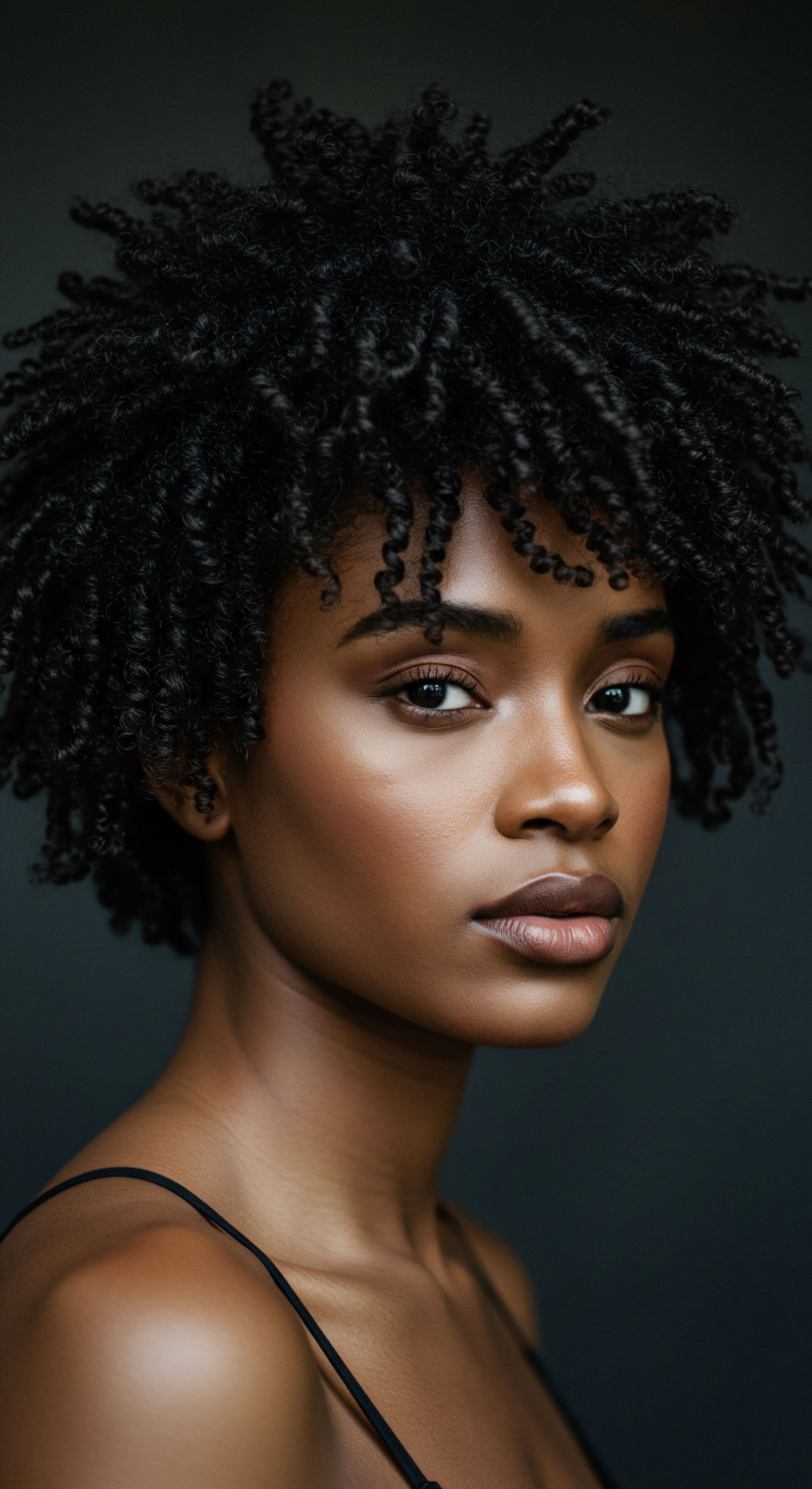
The Visible Chains of Law
The legal efforts to control Black appearance were not always direct edicts on hair or specific garments. Often, they were embedded within broader slave codes that governed nearly every aspect of enslaved life. These codes, particularly those that emerged in the Southern colonies, aimed to prevent rebellion, limit mobility, and suppress any expressions of autonomy. For example, the South Carolina Negro Act of 1740, enacted following the Stono Rebellion, was a sweeping piece of legislation that prohibited enslaved Africans from growing their own food, learning to read or write, moving freely, or assembling in groups.
While this act did not explicitly detail hair regulations, it did legislate slave clothing, suggesting that enslaved people should not dress above their social status and proscribing certain fabrics. Such stipulations implicitly regulated appearance, reinforcing the idea that enslaved bodies, down to their very covering, were property and subject to absolute control.
The psychological toll of such regulations cannot be overstated. When one’s ability to express selfhood through appearance is legally curtailed, it strikes at the core of personal identity. The intent was to strip away any vestiges of African heritage and replace them with markers of servitude. This was not simply about preventing ostentation; it was about preventing self-possession.
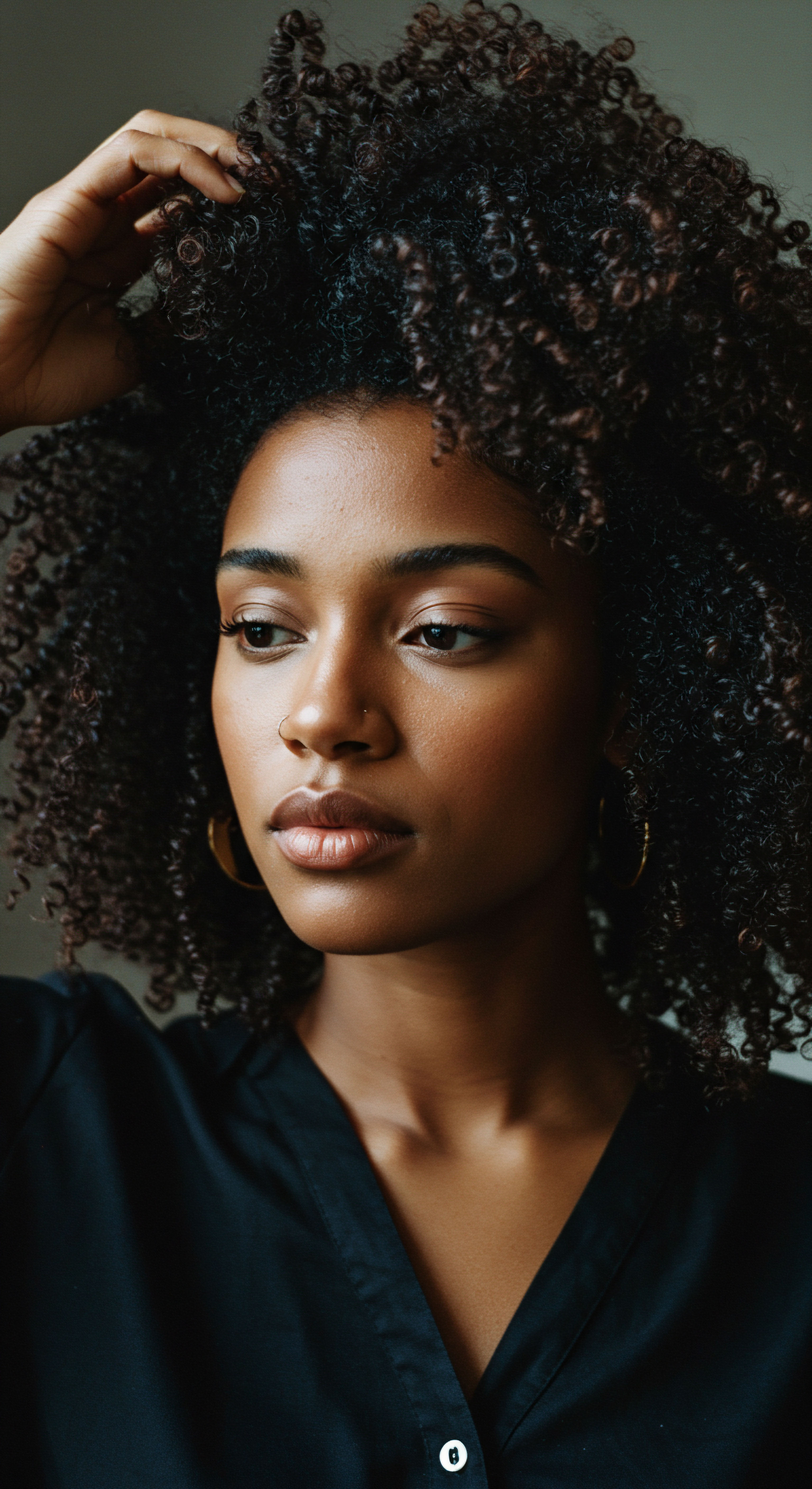
Did Early Laws Target Specific Hair Textures?
Direct laws specifically targeting hair texture itself were less common in the earliest colonial periods compared to later eras or the Tignon Law. However, the underlying racial ideology of the time certainly valued Eurocentric hair types, and this bias was a silent force in how Black appearance was perceived and policed. The very act of shaving the heads of newly captured Africans upon arrival, a practice noted during the Middle Passage, served as a brutal initial step in erasing cultural identity and asserting control over the body. This act was not a formal law, yet it established a violent precedent for the disregard of Black bodily autonomy and traditional African hair practices.
As Black communities grew and some individuals gained freedom, particularly in urban centers, their ability to accumulate wealth and express themselves through dress and elaborate hairstyles became a perceived threat to the established racial order. This social anxiety eventually translated into more specific legal actions, setting the stage for direct regulations on appearance, as seen in the later 18th century.
- Sumptuary Laws ❉ These were statutes designed to regulate consumption, often dictating what individuals could wear based on their social standing. In the American colonies, they were often applied with a racial bias.
- Slave Codes ❉ Comprehensive legal frameworks that governed the lives of enslaved people, frequently including provisions that controlled their movement, gatherings, and even their attire.
- Bodily Autonomy ❉ The inherent right of individuals to make decisions about their own bodies, a right systematically denied to Black individuals under these early American laws.
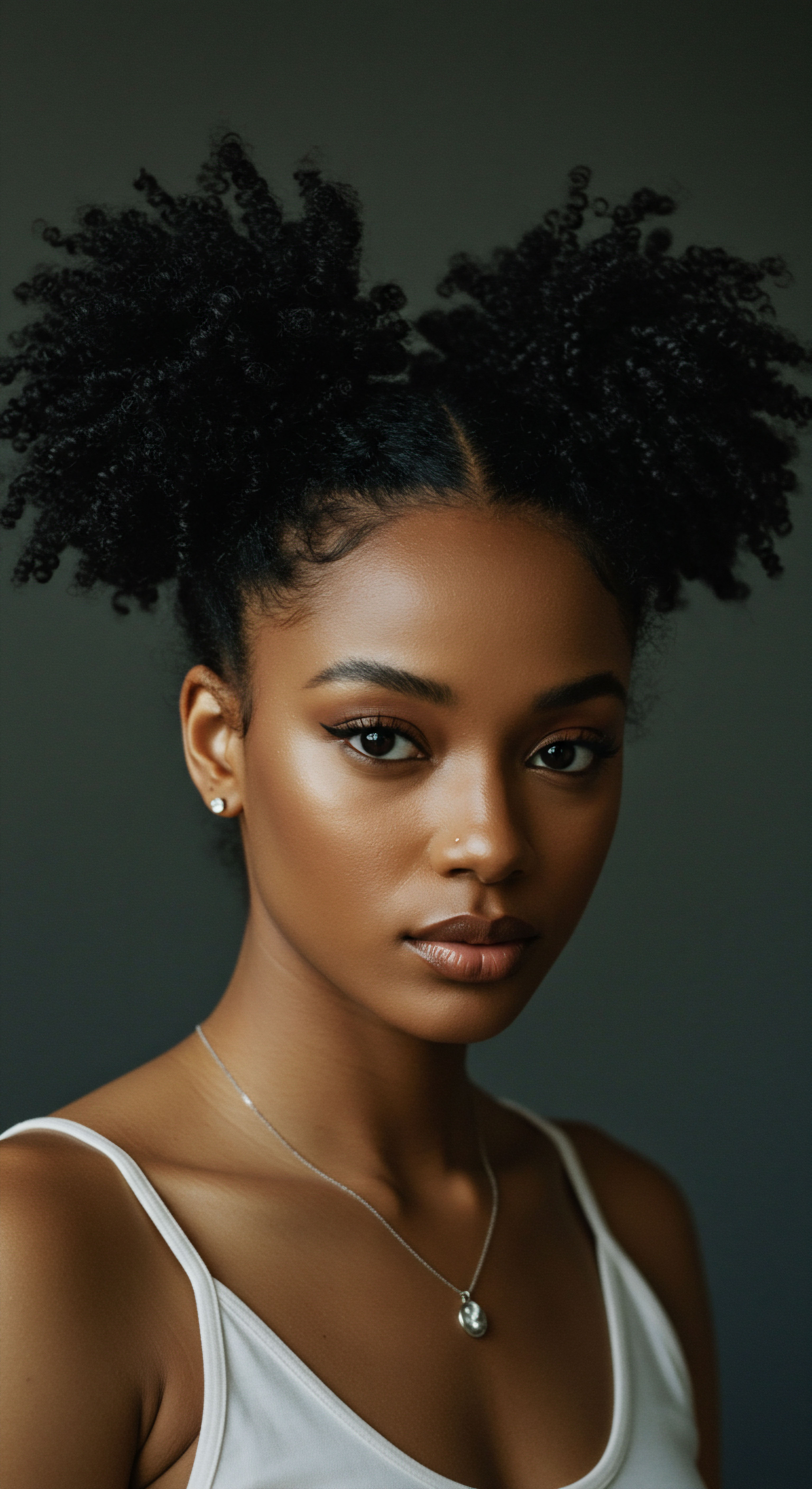
Ritual
Stepping from the stark legal pronouncements of the past, we arrive at the living practices that shaped daily existence. For Black individuals in early America, navigating these oppressive laws required a delicate dance of compliance and quiet defiance, a ritual of resilience played out in the very ways they adorned themselves. It was in the choices made within the confines of severe restrictions that a vibrant spirit of self-expression often found a way to glimmer. This section invites us to consider how the abstract directives of law translated into the intimate, often challenging, practices of personal presentation, and how, even in subjugation, a deep connection to identity persisted.
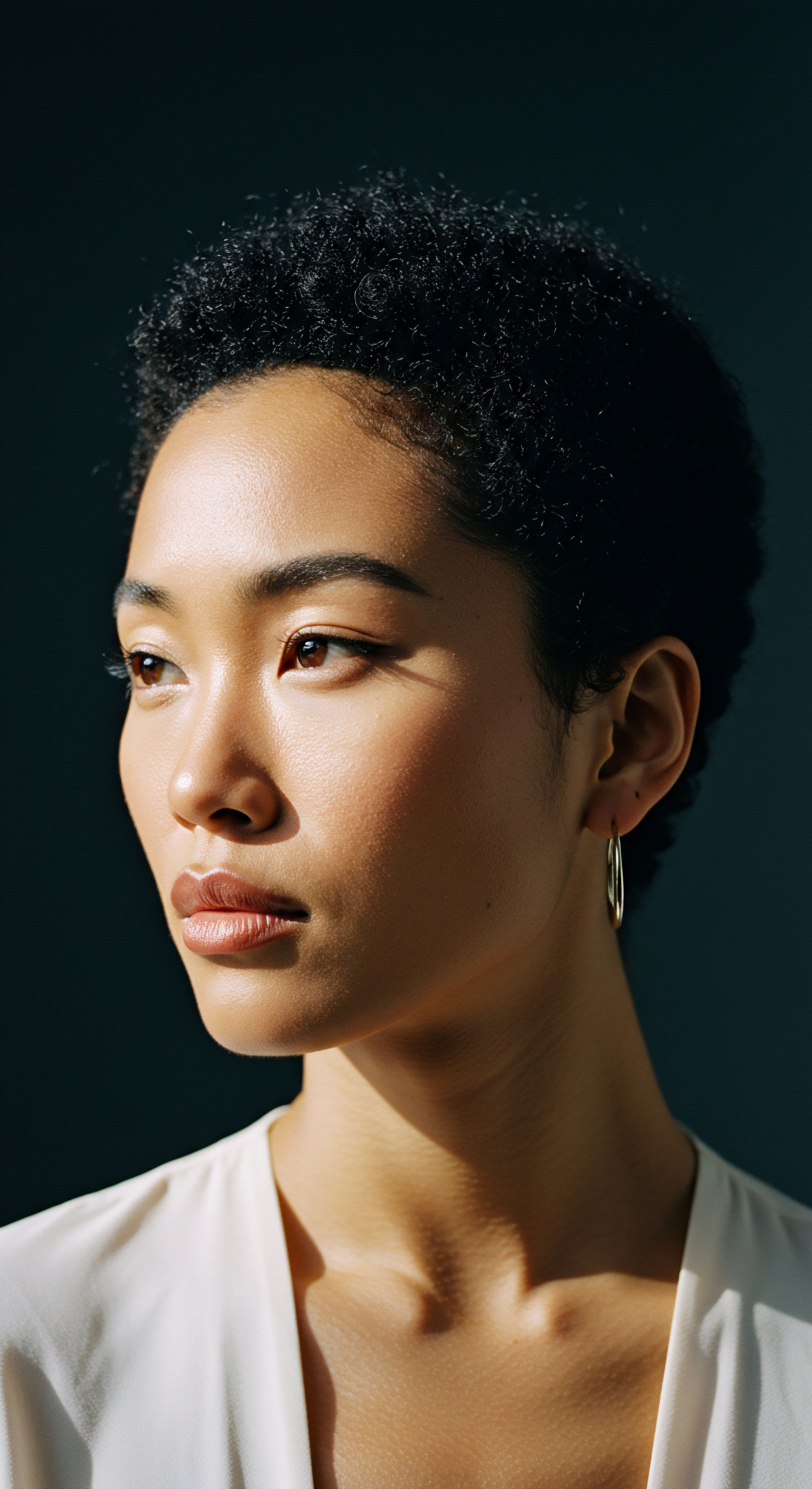
The Everyday Realities of Regulation
The implementation of laws regulating Black appearance was not a uniform experience across all colonies or even within different communities. While some statutes were explicit, others operated through implicit social norms enforced by the white power structure. Enslaved people were typically provided with minimal, coarse clothing, often made from fabrics like “osnaburg” or “pennistones,” which were chosen for durability and low cost rather than comfort or aesthetic appeal. This practice, while seemingly practical, served as a constant visual marker of their subjugated status.
Despite these limitations, enslaved individuals often found ways to personalize their limited attire, adding small touches of color, mending garments with unique stitches, or repurposing scraps of fabric. This subtle personalization, though often overlooked in historical records, represented a quiet assertion of individuality within a system designed to strip them of it. The act of making something uniquely one’s own, even a simple piece of cloth, became a ritual of resistance.
The daily choices concerning appearance became quiet acts of defiance and self-preservation within oppressive legal systems.
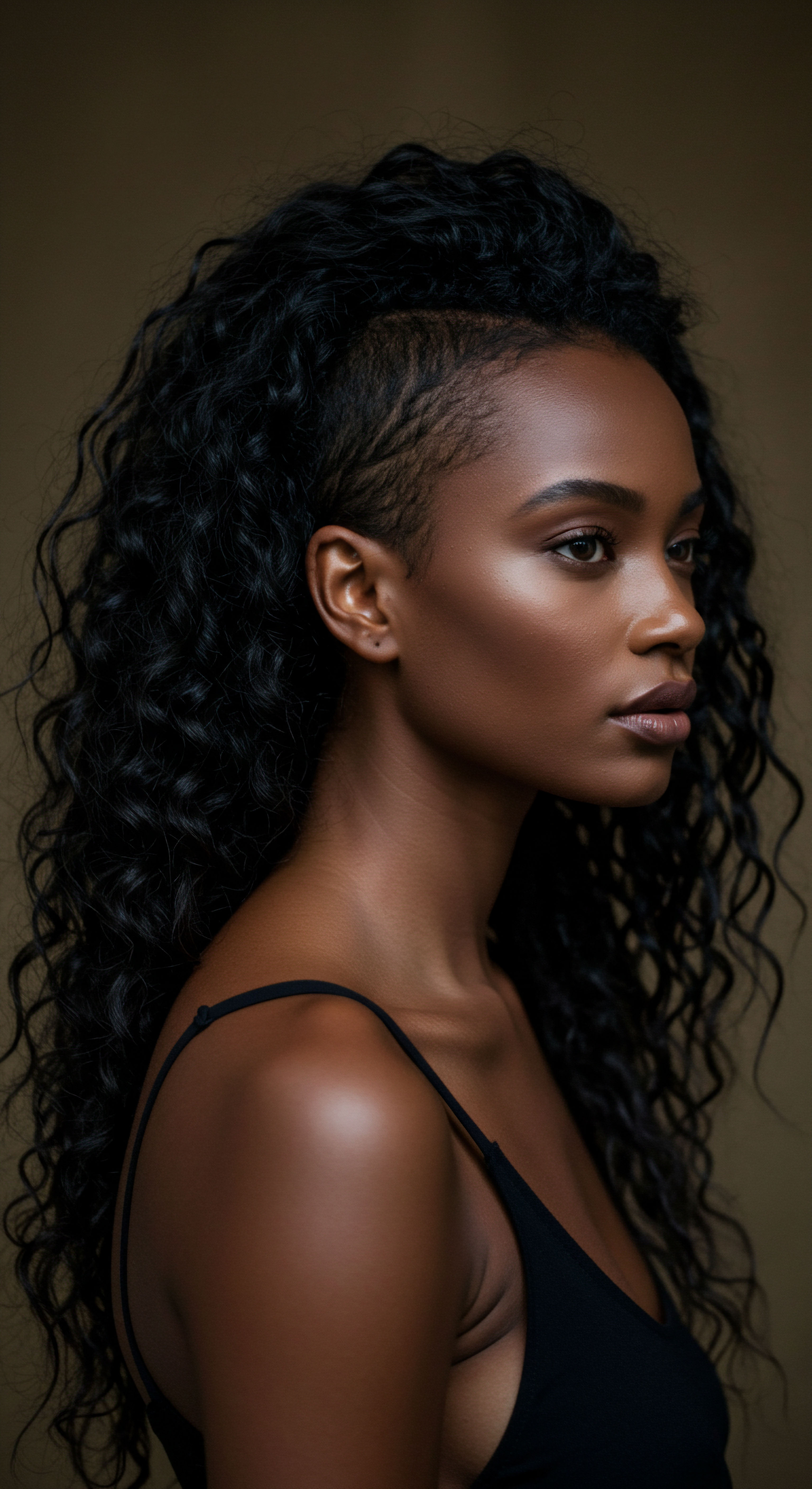
The Tignon Law A Case Study in Subversion
One of the most direct and well-documented instances of appearance regulation targeting Black women occurred in Spanish Louisiana. The Tignon Law of 1786, issued by Governor Esteban Rodríguez Miró, stands as a stark example of legal intervention into Black appearance. This law specifically mandated that free women of color, known for their elaborate hairstyles and elegant dress, cover their hair with a tignon, a headscarf. The stated aim was to distinguish them from white women and reinforce racial hierarchy, curbing their perceived “extravagance” and attractiveness to white men.
The intent of the Tignon Law was clear ❉ to visually diminish and subordinate free Black women, particularly those who, through their beauty and sartorial choices, were seen as blurring social lines. However, the women of New Orleans responded with remarkable creativity and resilience. They transformed the imposed head covering into a vibrant symbol of personal style and cultural pride.
Instead of simple, drab scarves, they fashioned elaborate, colorful tignons using luxurious fabrics, intricate wrapping techniques, and bold embellishments like jewels and feathers. This act of transforming a tool of oppression into a statement of identity became a powerful form of resistance.
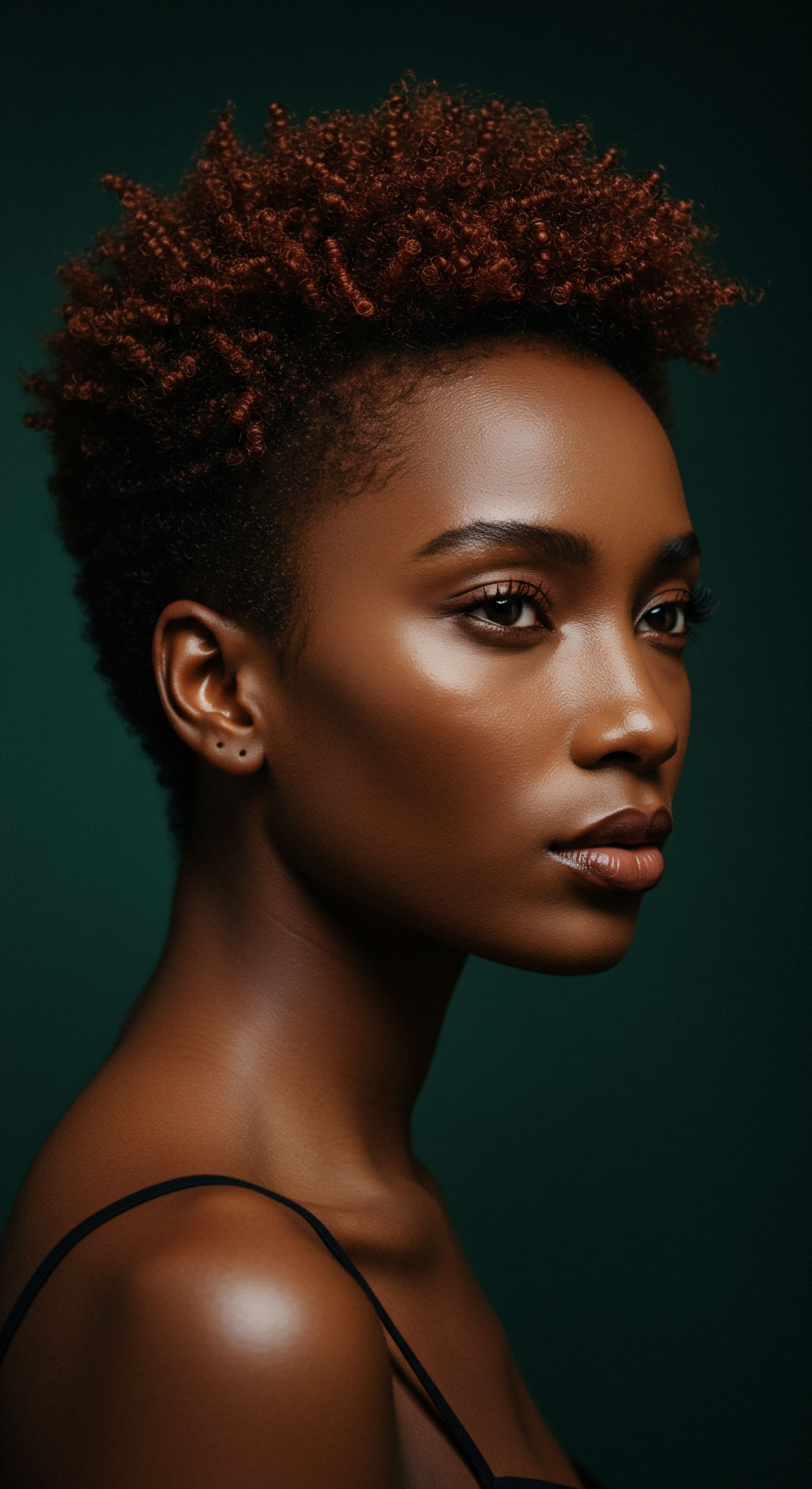
How Did Women Subvert the Tignon Law?
The subversion of the Tignon Law offers a compelling illustration of human agency in the face of legal oppression.
- Fabric Choice ❉ Women selected vibrant, costly fabrics for their tignons, transforming a mandated sign of subservience into a display of wealth and taste.
- Elaborate Styling ❉ The way the tignon was wrapped became an art form, with complex folds and knots that drew attention, rather than concealing it.
- Adornments ❉ Despite prohibitions on feathers and jewelry in their hair, women often incorporated these into the tignons themselves, turning the headwrap into a canvas for self-expression.
This creative response highlights a profound truth ❉ while laws can dictate outward forms, they struggle to control the human spirit’s desire for self-expression. The tignon, initially a badge of perceived inferiority, became a mark of distinction, a testament to the ingenuity and enduring spirit of Black women in New Orleans. Even after the Tignon Law ceased to be actively enforced with the Louisiana Purchase in 1803, headwraps continued to be worn, evolving into a cultural symbol that resonated with African heritage and resistance.
| Law or Practice Implicit Dress Codes (Coarse Fabrics) |
| Colony/Region Southern Colonies (e.g. Virginia, South Carolina) |
| Period 17th-19th Century |
| Appearance Aspect Targeted Fabric quality, visible social status, distinction from white attire. |
| Law or Practice South Carolina Negro Act |
| Colony/Region South Carolina |
| Period 1740 onwards |
| Appearance Aspect Targeted Implicitly, through restrictions on property and social activity, which impacted overall presentation and material possessions. |
| Law or Practice Tignon Law |
| Colony/Region Spanish Louisiana (New Orleans) |
| Period 1786-early 1800s |
| Appearance Aspect Targeted Hair (mandating covering), adornment (prohibiting feathers/jewelry in hair). |
| Law or Practice These examples illustrate the varied approaches early American laws took to regulate Black appearance, from implicit economic control to explicit sartorial mandates. |

Relay
From the specific echoes of past mandates, we now turn to the deeper currents that carried these regulations through the social fabric of early America. The story of how laws shaped Black appearance extends beyond mere statutes; it delves into the very construction of racial identity, the power dynamics of visibility, and the enduring human quest for dignity. This section invites a more profound inquiry, where we connect the threads of legal history to the broader cultural and psychological impacts, drawing on scholarly insights to illuminate the complex interplay between law, appearance, and the profound resilience of Black communities.

The Semiotics of Subjugation
The regulation of Black appearance in early America was a sophisticated tool of social engineering, designed to communicate and reinforce a specific racial hierarchy. Laws concerning dress, hair, and adornment functioned as a visual semiotics of subjugation, a system of signs meant to convey inferiority and control. This went beyond simple sumptuary laws, which in Europe typically regulated class distinctions.
In the American context, these regulations became deeply racialized, tying appearance directly to one’s legal and social standing within the racial caste system. The message was clear ❉ Black bodies, whether enslaved or free, were to be visibly marked as subordinate.
This legal control over appearance was a psychological weapon, aiming to internalize inferiority. When every aspect of one’s outward presentation is policed, it creates a constant pressure to conform, to suppress individual expression. Yet, as the example of the Tignon Law illustrates, human creativity and the inherent desire for self-determination often found ways to circumvent these restrictions, transforming symbols of oppression into statements of cultural pride.

How Did Legal Regulations Shape Black Identity?
Legal regulations on appearance profoundly shaped Black identity by attempting to strip away cultural heritage and impose a uniform, degraded image. The systematic removal of traditional African hairstyles and adornments upon arrival during the Middle Passage, though not always codified law, served as a foundational act of cultural erasure. This initial assault on appearance set a precedent for the ongoing policing of Black bodies.
The continuous imposition of limited clothing options and the prohibition of certain fineries aimed to prevent any outward display of social mobility or individual wealth among Black people, particularly free people of color. This was a direct challenge to the African cultural value placed on dress as a marker of status, spiritual connection, and identity. In many African societies, hair was a sacred cultural and spiritual symbol, and its styling could signify wealth, tribe, or status. The legal efforts to control or obscure Black hair were therefore not merely about aesthetics; they were about dismantling cultural continuity and denying self-worth.
Despite these efforts, Black communities often held onto their cultural practices in subtle ways. The adoption of headwraps, even under duress, could be seen as a continuation of West African traditions where head coverings held significant cultural meaning. This resilience in maintaining cultural elements, even in altered forms, demonstrates the enduring power of identity against legislative assault.

The Broader Legal Landscape of Control
Beyond specific appearance-related statutes, the overarching legal framework of slavery in early America inherently regulated Black appearance by defining Black individuals as chattel property. This legal status meant that enslavers had almost absolute authority over the bodies of enslaved people, including what they wore, how their hair was kept, and their overall presentation. The Barbados Slave Code, which served as a model for many Southern colonies, explicitly denied enslaved people basic rights and granted enslavers extensive control, implicitly covering appearance. South Carolina adopted elements of this code in 1696.
This legal foundation allowed for arbitrary enforcement of appearance norms, often without specific written laws. A master could dictate a slave’s clothing or hair based on personal whim, economic considerations, or a desire to prevent any appearance of dignity or parity. Runaway slave advertisements often included detailed descriptions of clothing and physical attributes, highlighting how appearance was a key identifier and a tool of control.
The legal architecture of early America created a visual lexicon of subservience, where Black appearance was a canvas for control.
The transition from indentured servitude to chattel slavery, particularly in Virginia after Bacon’s Rebellion in 1676, solidified race as the primary determinant of legal status and, by extension, regulated appearance. Laws increasingly focused on creating clear distinctions between white and Black populations, and visual markers became paramount in enforcing these distinctions. The very idea of “blackness” became tied to a legal and social status that demanded a specific, often demeaning, outward presentation.
A telling statistic, though not directly a law, reveals the persistent societal pressure to conform to Eurocentric appearance standards. A 2020 Duke University study, while contemporary, illuminates a historical bias ❉ Black Women with Natural Hairstyles Were Perceived as Less Professional and Less Competent, and Were Less Likely to Be Recommended for Job Interviews Than Candidates with Straight Hair. This contemporary finding echoes the historical undercurrents where natural Black hair was often stigmatized, and laws like the Tignon Law sought to actively suppress its public display.
The enduring perception of natural Black hair as “unprofessional” or “untidy” is a direct legacy of these early legal and social controls over appearance, demonstrating how deeply ingrained these historical biases remain in societal standards. This illustrates how legal attempts to regulate appearance, even when overturned, can leave lasting societal impressions that continue to affect perceptions and opportunities.

The Interconnectedness of Control
The regulation of Black appearance cannot be separated from the broader mechanisms of racial control. It was one component of a comprehensive system designed to maintain white supremacy and the economic viability of slavery. The laws were not isolated acts; they were interconnected strategies that worked in concert to define, control, and subordinate Black lives.
Consider the Black Codes enacted after the Civil War, which, while later than “early American laws,” demonstrate the enduring intent to control Black bodies and appearances. Mississippi’s vagrancy law of 1865, for example, required freedmen to carry papers proving employment, and those found without such proof could be arrested, fined, or even re-enslaved and leased out. While not directly about appearance, the ability to “look the part” of a gainfully employed person, or the inability to do so, could have direct legal consequences. These codes, alongside Jim Crow laws, continued the legacy of legally enforced racial distinctions, often extending to segregation in public spaces that implicitly dictated how one should appear in those spaces.
The concept of the “one-drop rule,” which became codified into law in some U.S. states in the early 20th century, also speaks to the legal obsession with racial appearance and ancestry. This rule asserted that any person with even one ancestor of African ancestry was considered Black, regardless of their outward appearance.
While a later development, it reflects the deep-seated legal desire to classify and control individuals based on perceived racial traits, often overriding visual evidence in favor of a legally constructed racial identity. This highlights how legal frameworks were not merely reactive to appearance but actively shaped its definition and consequence.
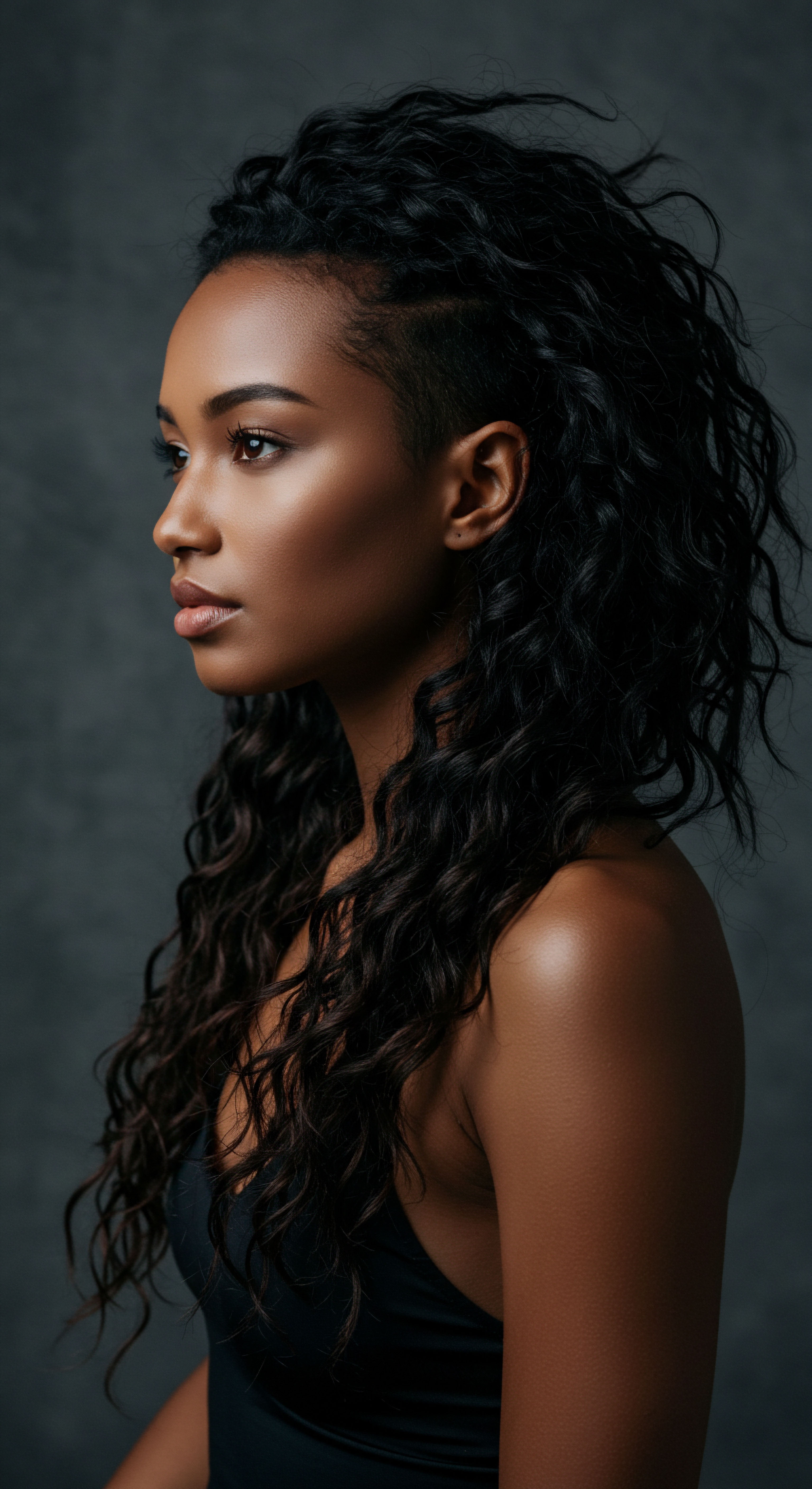
Reflection
The echoes of early American laws, those quiet directives that sought to sculpt Black appearance, still resonate today. They serve as a poignant reminder that beauty, identity, and self-expression have long been contested terrains for Black individuals. Understanding these historical strictures is not merely an academic exercise; it is a vital act of remembrance, a way to appreciate the profound resilience that transformed oppression into art, and restriction into powerful statements of selfhood. The spirit of those who found ways to shine, even when laws sought to dim their light, continues to inspire a vibrant celebration of textured hair and authentic beauty in our contemporary world.

References
- Alexander, Leslie M. African or American? ❉ Black Identity and Political Activism in New York City, 1784-1861. University of Illinois Press, 2008.
- Byrd, Ayana, and Lori L. Tharps. Hair Story ❉ Untangling the Roots of Black Hair in America. St. Martin’s Press, 2001. (Referenced indirectly via snippet)
- Dillman, Caroline M. “The Tignon Law.” Louisiana History ❉ The Journal of the Louisiana Historical Association 24, no. 1 (1983) ❉ 1-20. (Referenced indirectly via snippet)
- Ellington, Tameka, and Joseph L. Underwood. Textures ❉ The History and Art of Black Hair. Schiffer Publishing, 2020. (Referenced indirectly via snippet)
- Gould, Virginia M. “The Emergence of a ‘Bourgeoisie Libre’ in New Orleans, 1770-1830.” In The Devil’s Lane ❉ Sex and Race in the Early South, edited by Catherine Clinton and Michele Gillespie, 218-233. Oxford University Press, 1997. (Referenced indirectly via snippet)
- Gruber, Katherine. “Clothing and Adornment of Enslaved People in Virginia.” Encyclopedia Virginia, 2020.
- Onwuachi-Willig, Angela. “The CROWN Act and the Political Economy of Black Hair.” Boston University Law Review 101, no. 3 (2021) ❉ 1105-1154. (Referenced indirectly via snippet)
- Penningroth, Dylan. Before the Movement ❉ The Hidden History of Black Civil Rights. Princeton University Press, 2023.
- Sirmans, Eugene. “The Legal Status of the Slave in South Carolina, 1670–1740.” Journal of Southern History 28, no. 4 (1962) ❉ 462–73.
- Tuckett, Sally. “What did enslaved people forced to wear?” FutureLearn, 2023.
- White, Shane, and Graham White. “Slave Clothing and African-American Culture in the Eighteenth and Nineteenth Centuries.” Past and Present, no. 148 (August 1995) ❉ 149–186. (Referenced indirectly via snippet)